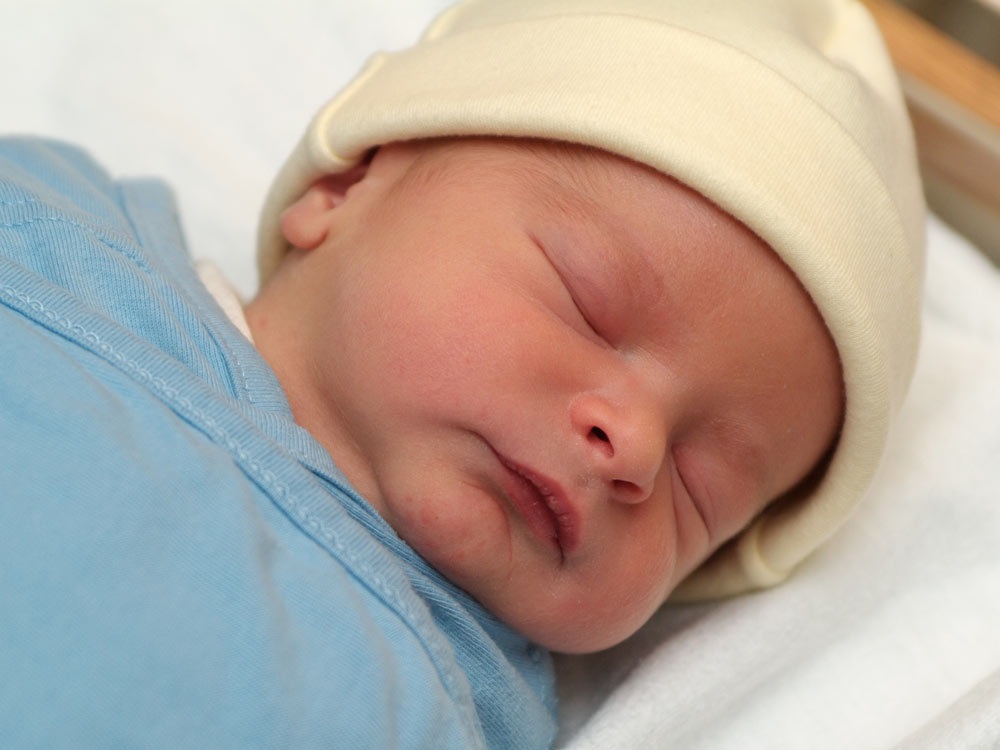Every loving parent wants the best for their child. Ensuring the child is healthy and active contributes to the wonderful childhood moments and better chances of having a good future. This is why it is important for you to take care of your health because we all are actually responsible in some way or the other in providing children with a safe environment. However, there is no doubt that some children may not be as lucky as many others due to the diseases or health conditions that heavily affect them.
Jaundice in the newborn may cause worries to parents but can it be serious? To better understand this, you may want to understand a bit more jaundice in general. Jaundice is the yellow discoloration of the body tissue resulting from the accumulation of excess bilirubin. Jaundice is also known as hyperbilirubinemia. Bilirubin is the yellowish pigment made from the breakdown of the red blood cells. The liver breaks down bilirubin to be eliminated from the body in the stool. While the baby is still inside the mother’s womb, the placenta removes bilirubin from the baby’s body. After birth, the baby’s liver starts to perform its job of removing this bilirubin but may take some time before it is efficiently done.
Jaundice in the newborn, or also known as neonatal jaundice, are yellowing of the skin and the white of the eyes. In most cases, it is mild, transient and often goes away on its own (self-limiting condition). This is known as physiological jaundice. However, jaundice can be serious in children and this is known as pathological jaundice. There are big differences between the two kinds of jaundice. Below are what makes physiological jaundice and pathological jaundice easier to be identified:
| Physiological jaundice | Pathological jaundice |
| Appears after 24 hours of birth | Appears within 24 hours of birth |
| Total bilirubin rises less than 5 mg/dL per day | Increases bilirubin more than 5 mg/dL per day |
| Total bilirubin serum level less than 15 mg/dL | Total bilirubin serum level more than 15 mg/dL |
| Total serum bilirubin level peaks on 3rd to 4th day of life and declines over the first week after birth | High total serum bilirubin level persist and shows no signs of decline over a week after birth |
| Jaundice should disappear within 2 weeks | Jaundice stays after 2 weeks |
Physiological neonatal jaundice can be associated with breastfed jaundice. There are two types of breastfeed jaundice known as breastfeeding jaundice and breast milk jaundice. Breastfeeding jaundice often occurs in the first week of life as breastfeeding is established. The newborn may not receive optimal milk intake from mother which leads to elevated bilirubin level. In most cases of breastfeeding jaundice, more feedings will reduce the risk for jaundice. Breast milk jaundice often occurs in the 2nd or later weeks of life and can continue up for several weeks. It is not known how this occurs but it is said to be due to the substances such as beta glucuronidase in the mother’s milk inhibiting the ability of the baby’s liver to process bilirubin. Breast milk jaundice will go away on its own. Treatment is only needed if the total serum bilirubin level is greater than the phototherapy guidelines.
Pathological jaundice is often caused by many health conditions underlying the baby’s health. Examples of the causes are underactive thyroid gland (hypothyroidism), blood group incompatibility which the mother and baby have different blood types, rhesus disease (a mother with rhesus-negative blood and baby with rhesus-positive blood), Crigler-Najjar syndrome, glucose 6 phosphate dehydrogenase (G6PD), bile ducts and gallbladder problems and infections such as sepsis, rubella and toxoplasmosis. Since there are many causes leading to pathological jaundice, healthcare professionals will investigate to find the root cause of the problem behind the elevated bilirubin level.
While most newborn jaundice is harmless, it is best for a baby with jaundice to get checked by a doctor. This is important to prevent complications such as kernicterus (brain damage), deafness and cerebral palsy. Treatment is usually effective to treat jaundice. Common treatment is phototherapy. In severe cases, exchange transfusion is required. Intravenous immunoglobulin may be effective in severe jaundice. If jaundice is caused by underlying health problems, the root cause needs to be treated.
In essence, jaundice in the newborn does not necessarily mean a serious condition. However, it is still best for parents to get medical advice if they see symptoms of jaundice after 2 weeks of birth. In most hospitals, a baby is screened for bilirubin levels using a bilirubinometer within the first 24 hours of life. Blood tests are usually needed if high readings are obtained from a bilirubinometer to confirm the readings. Other tests such as complete blood count and Coombs test to understand reasons behind the elevated bilirubin level. If a baby shows jaundice symptoms with signs of fever or not feeding well, this could be an emergency. Phototherapy is usually effective to treat jaundice and with less side effects to the baby.












